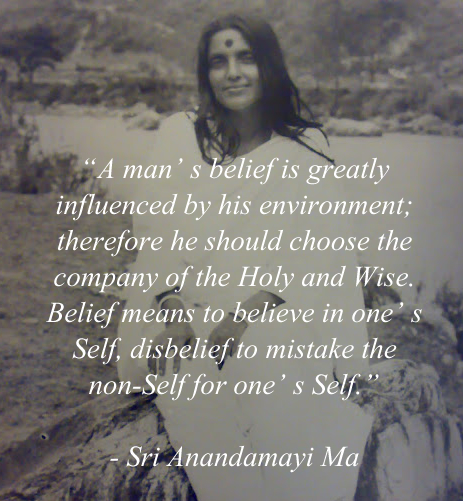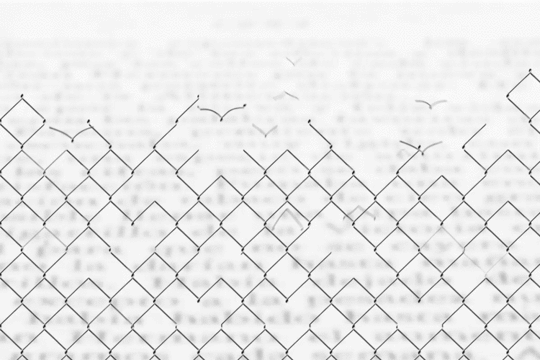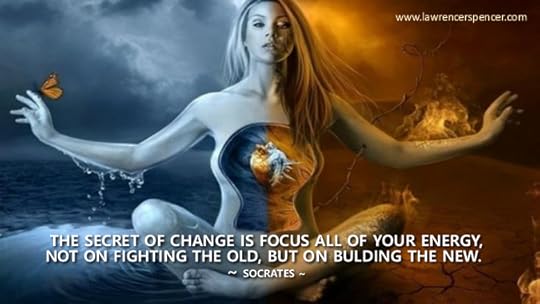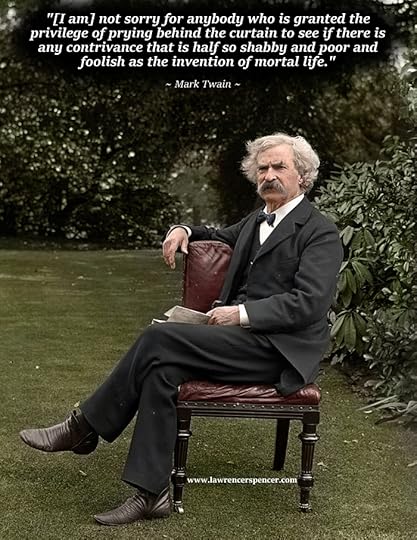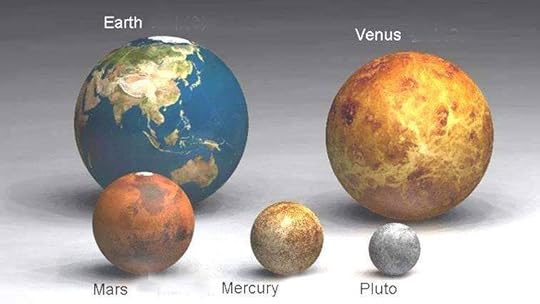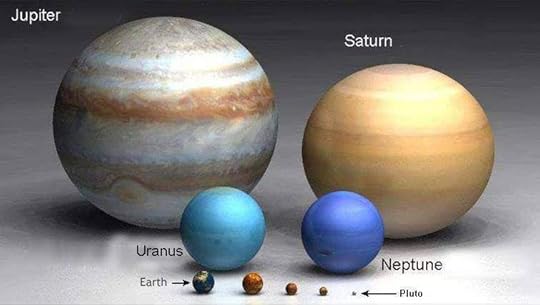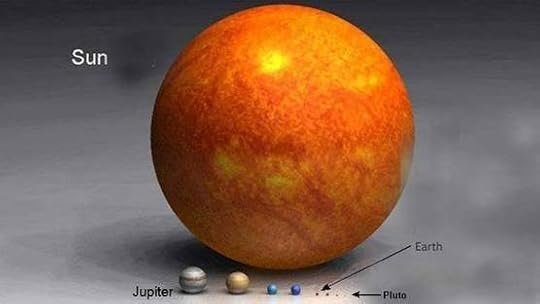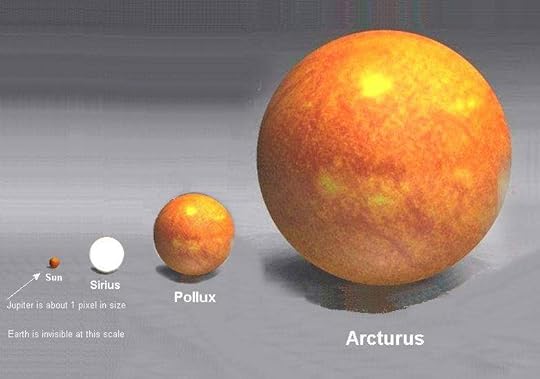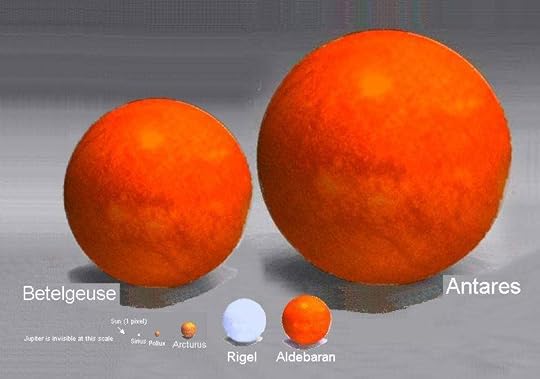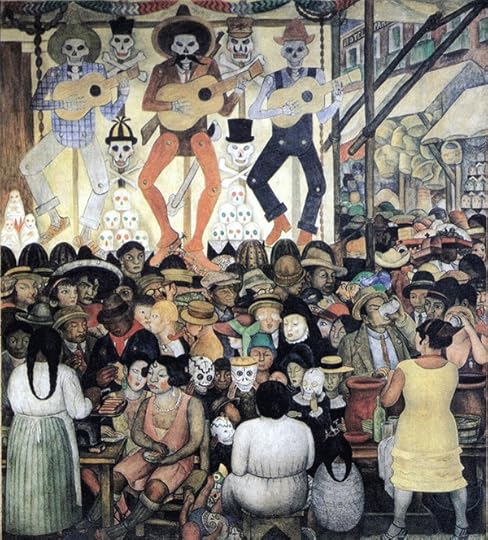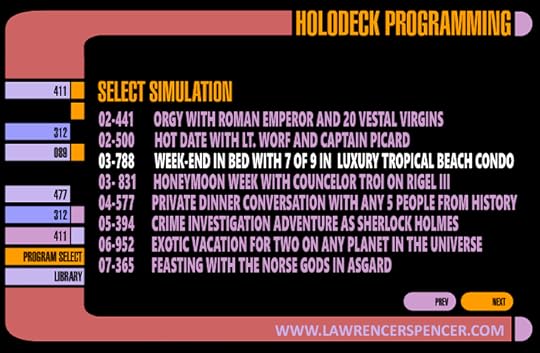Lawrence R. Spencer's Blog, page 351
July 15, 2018
Sri Anandamayi Ma
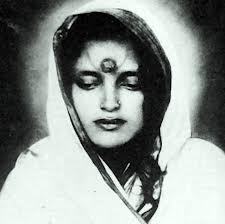 Sri Anandamayi Ma (1896-1982) was one of the most influential spiritual luminaries of the Twentieth Century. Her devotees ranged from Prime Ministers and great Saints down to the simplest villagers, and people came from all over the world to simply see Her and sit in Her presence. Though virtually uneducated, She spoke with the authority of direct experience and captivated all with Her sweetness and power. To this day, Her presence and guidance is felt by those who turn to Her in prayer, and Her life is an inspiration to all who feel drawn to the spiritual Path.
Sri Anandamayi Ma (1896-1982) was one of the most influential spiritual luminaries of the Twentieth Century. Her devotees ranged from Prime Ministers and great Saints down to the simplest villagers, and people came from all over the world to simply see Her and sit in Her presence. Though virtually uneducated, She spoke with the authority of direct experience and captivated all with Her sweetness and power. To this day, Her presence and guidance is felt by those who turn to Her in prayer, and Her life is an inspiration to all who feel drawn to the spiritual Path.
Many times in the history of the world, Divinity has manifested to bring light, guidance and inspiration to the human race. Anandamayi Ma was an embodiment of Divinity and spiritual power in our own times, and Her message and guidance is eternally relevant and uplifting. She often stressed that Her appearance and birth was not the result of karma or compulsion, but that She was the visible manifestation of the pure aspiration of the spiritual longing of mankind. During Her eighty-six years on this earth, in Her own unassuming and spontaneous way, She exerted a profound influence on an entire generation.
Originally posted 2013-03-15 00:34:54. Republished by Blog Post Promoter
July 14, 2018
CAGE OF ILLUSION
~ from the book ALIEN INTERVIEW
Animated GIF image source — http://alcrego.tumblr.com/
Originally posted 2015-07-22 22:55:37. Republished by Blog Post Promoter
July 13, 2018
THE SECRET
Socrates (Greek: 470/469 BC – 399 BC) was a classical Greek (Athenian) philosopher credited as one of the founders of Western philosophy. He is an enigmatic figure known chiefly through the accounts of classical writers, especially the writings of his students Plato and Xenophon and the plays of his contemporary Aristophanes. Plato’s dialogues are among the most comprehensive accounts of Socrates to survive from antiquity, though it is unclear the degree to which Socrates himself is “hidden behind his ‘best disciple’, Plato”.
Through his portrayal in Plato’s dialogues, Socrates has become renowned for his contribution to the field of ethics, and it is this Platonic Socrates who lends his name to the concepts of Socratic irony and the Socratic method, or elenchus. The latter remains a commonly used tool in a wide range of discussions, and is a type of pedagogy in which a series of questions is asked not only to draw individual answers, but also to encourage fundamental insight into the issue at hand. Plato’s Socrates also made important and lasting contributions to the field of epistemology, and the influence of his ideas and approach remains a strong foundation for much western philosophy that followed. — Wikipedia.org
Originally posted 2014-10-25 23:51:32. Republished by Blog Post Promoter
July 12, 2018
MARK TWAIN: THOUGHTS ABOUT DEATH
Death is the starlit strip between the companionship of yesterday and the reunion of tomorrow.
– on monument erected to Mark Twain & Ossip Gabrilowitsch
All say, “How hard it is that we have to die”– a strange complaint to come from the mouths of people who have had to live.
– The Tragedy of Pudd’nhead Wilson and the Comedy of the Extraordinary Twins
Whoever has lived long enough to find out what life is, knows how deep a debt of gratitude we owe to Adam, the first great benefactor of our race. He brought death into the world.
– The Tragedy of Pudd’nhead Wilson and the Comedy of the Extraordinary Twins
The Impartial Friend: Death, the only immortal who treats us all alike, whose pity and whose peace and whose refuge are for all–the soiled and the pure, the rich and the poor, the loved and the unloved.
– Mark Twain, last written statement; Moments with Mark Twain, Paine
Pity is for the living, envy is for the dead.
– Following the Equator
Death, the refuge, the solace, the best and kindliest and most prized friend and benefactor of the erring, the forsaken, the old and weary and broken of heart.
– Adam speech, 1883
Life was not a valuable gift, but death was. Life was a fever-dream made up of joys embittered by sorrows, pleasure poisoned by pain; a dream that was a nightmare-confusion of spasmodic and fleeting delights, ecstasies, exultations, happinesses, interspersed with long-drawn miseries, griefs, perils, horrors, disappointments, defeats,humiliations, and despairs–the heaviest curse devisable by divine ingenuity; but death was sweet, death was gentle, death was kind; death healed the bruised spirit and the broken heart, and gave them rest and forgetfulness; death was man’s best friend; when man could endure life no longer, death came and set him free.
– Letters from the Earth
Manifestly, dying is nothing to a really great and brave man.
– Letter to Olivia Clemens, 7/1/1885 (referring to General Grant)
How lovely is death; and how niggardly it is doled out.
– Letter to Olivia Clemens, 8/19/1896
It is a solemn thought: dead, the noblest man’s meat is inferior to pork.
– More Maxims of Mark, Johnson, 1927
[I am] not sorry for anybody who is granted the privilege of prying behind the curtain to see if there is any contrivance that is half so shabby and poor and foolish as the invention of mortal life.
– Letter to Mary Mason Fairbanks, 1894
I think we never become really and genuinely our entire and honest selves until we are dead–and not then until we have been dead years and years. People ought to start dead, and they would be honest so much earlier.
– Mark Twain in Eruption
To die one’s self is a thing that must be easy, & light of consequence; but to lose a part of one’s self–well, we know how deep that pang goes, we who have suffered that disaster, received that wound which cannot heal.
– Letter to Will Bowen, 11/4/1888
Favored above Kings and Emperors is the stillborn child.
– Notebook, #42 1898
All people have had ill luck, but Jairus’s daughter & Lazarus the worst.
– Notebook #42, 1898
No real estate is permanently valuable but the grave.
– Notebook #42, 1898
Death is so kind, so benignant, to whom he loves; but he goes by us others & will not look our way.
– Letter to W. D. Howells, 12/20/1898
A distinguished man should be as particular about his last words as he is about his last breath. He should write them out on a slip of paper and take the judgment of his friends on them. He should never leave such a thing to the last hour of his life, and trust to an intellectual spurt at the last moment to enable him to say something smart with his latest gasp and launch into eternity with grandeur.
– “The Last Words of Great Men”, 1869
Death….a great Leveler — a king before whose tremendous majesty shades & differences in littleness cannot be discerned — an Alp from whose summit all small things are the same size.
– Letter to Olivia Clemens, 10/15/1871
Originally posted 2014-06-20 22:57:21. Republished by Blog Post Promoter
July 11, 2018
SOLITUDE
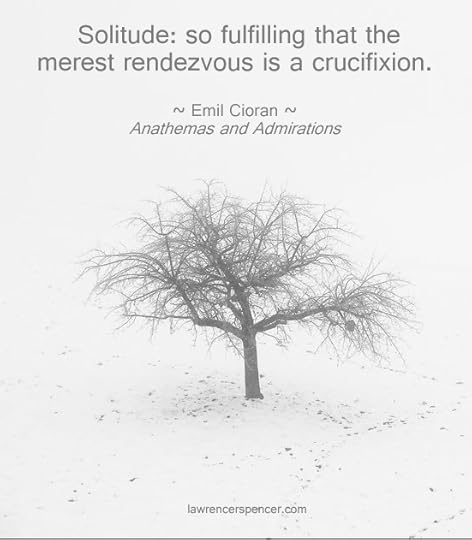 Emil Cioran 8 April 1911 – 20 June 1995) was a Romanian philosopher and essayist, who published works in both Romanian and French. Cioran was born in Resinár (Rășinari), Szeben County, which was part of Austria-Hungary at the time. His work has been noted for its pervasive philosophical pessimism, and frequently engaged with issues of suffering, decay, and nihilism. Among his best known works are On the Heights of Despair (1934) and The Trouble with Being Born (1973). Cioran’s first French book, A Short History of Decay, was awarded the prestigious Rivarol Prize in 1950. The Latin Quarter of Paris was his permanent residence and he lived much of his life in isolation with his partner Simone Boué. (Wikipedia.org)
Emil Cioran 8 April 1911 – 20 June 1995) was a Romanian philosopher and essayist, who published works in both Romanian and French. Cioran was born in Resinár (Rășinari), Szeben County, which was part of Austria-Hungary at the time. His work has been noted for its pervasive philosophical pessimism, and frequently engaged with issues of suffering, decay, and nihilism. Among his best known works are On the Heights of Despair (1934) and The Trouble with Being Born (1973). Cioran’s first French book, A Short History of Decay, was awarded the prestigious Rivarol Prize in 1950. The Latin Quarter of Paris was his permanent residence and he lived much of his life in isolation with his partner Simone Boué. (Wikipedia.org)
Originally posted 2017-01-22 01:49:47. Republished by Blog Post Promoter
SIZE IS RELATIVE
July 10, 2018
HAVE A PARTY FOR THE DEAD! (Disembodied Souls Want To Have Fun Too)
( Painting: “DAY OF THE DEAD” by Diego Rivera, 1924 )
The Day of the Dead celebrations in Mexico can be traced back to its indigenous pagan cultures. Rituals celebrating the deaths of ancestors had been observed by these civilizations perhaps for as long as 2,500–3,000 years.In the pre-Hispanic era, skulls were commonly kept as trophies and displayed during the rituals to symbolize death and rebirth.
The festival that became the modern Day of the Dead fell in the ninth month of the Aztec calendar, about the beginning of August, and was celebrated for an entire month. The festivities were dedicated to the goddessknown as the “Lady of the Dead”, corresponding to the modern Catrina.
In most regions of Mexico, November 1 is to honor children and infants, whereas deceased adults are honored on November 2. This is indicated by generally referring to November 1 mainly as Día de los Inocentes (“Day of the Innocents”) but also as Día de los Angelitos (“Day of the Little Angels”) and November 2 as Día de los Muertos or Día de los Difuntos (“Day of the Dead”)
People go to cemeteries to be with the souls of the departed and build private altars containing the favorite foods and beverages, as well as photos and memorabilia, of the departed. The intent is to encourage visits by the souls, so the souls will hear the prayers and the comments of the living directed to them. Celebrations can take a humorous tone, as celebrants remember funny events and anecdotes about the departed.
Plans for the day are made throughout the year, including gathering the goods to be offered to the dead. During the three-day period, families usually clean and decorate graves; most visit the cemeteries where their loved ones are buried and decorate their graves with ofrendas (offerings), which often include orange Mexican marigolds (Tagetes erecta) called cempasúchil (originally named cempoaxochitl, Nahuatl for “twenty flowers”).
In modern Mexico, this name is sometimes replaced with the term Flor de Muerto (Flower of the Dead). These flowers are thought to attract souls of the dead to the offerings.
Many other cultures around the world have similar traditions of a day set aside to visit the graves of deceased family members. Often included in these traditions are celebrations, food and beverages, in addition to prayers and remembrances of the departed. Some tribes of the Amazon believe the dead return as flowers.
The Bon Festival (O-bon (お盆?), or only Bon (盆?), is a Japanese Buddhist holiday in August to honor the departed spirits of one’s ancestors.
In Korea, Chuseok (추석, 秋夕) is a major traditional holiday, also called Hangawi. People go where the spirits of their ancestors are enshrined, and perform ancestral worship rituals early in the morning; they visit the tombs of immediate ancestors to trim plants, clean the area around the tomb, and offer food, drink, and crops to their ancestors.
The Qingming Festival (simplified Chinese: 清明节; traditional Chinese: 清明節; pinyin: qīng míng jié) is a traditional Chinese festival usually occurring around April 5 of the Gregorian calendar. Along with Double Ninth Festival on the 9th day of the 9th month in the Chinese calendar, it is a time to tend to the graves of departed ones. In addition, in the Chinese tradition, the seventh month in the Chinese calendar is called the Ghost Month (鬼月), in which ghosts and spirits come out from the underworld to visit earth.
During the Nepali holiday of Gai Jatra (Cow Pilgrimage), every family who has lost a family member during the previous year makes a construction of bamboo branches, cloth, paper decorations and portraits of the deceased, called a gai. Traditionally, a cow leads the spirits of the dead into the next land. Depending on local custom, either an actual live cow or a construct representing a cow may be used. The festival is also a time to dress up in costume, including costumes involving political comments and satire.
In some cultures in Africa, visits to the graves of ancestors, the leaving of food and gifts, and the asking of protection serve as important parts of traditional rituals. One example of this is the ritual that occurs just before the beginning of hunting season. (Source: WIKIPEDIA.ORG)
Originally posted 2012-10-18 11:48:54. Republished by Blog Post Promoter
July 9, 2018
1001 THINGS TO DO WHILE YOU’RE DEAD
 A NEW BOOK by Lawrence R. Spencer. It’s to die for…. (really)
A NEW BOOK by Lawrence R. Spencer. It’s to die for…. (really)
PREVIEW and BUY THE BOOK …BEFORE IT’S TOO LATE!
This book is dedicated to all living beings who expect to die sometime and to all of the dead people who ever lived who may still be living somewhere, sometime, somehow. This book is also dedicated to all of the people who are living that may need some ideas about what to do with themselves after they die. And, to all the people who will soon be living by virtue of one or more of the following circumstances: birth, re-birth, resurrection, reincarnation, transconfiguration, cryogenic resuscitation, invasion of alien beings, angels falling out of grace, an act of one or more gods, transformation or transmigration, arrival from a different time / space / universe / plane of existence. If you have a faith, belief system, philosophical paradigm, or superstition to protect or defend regarding the subjects of life, death, afterlife, existence, spirits or god(s) that is your problem and I will leave you to it. Whoever you are, were or will be, I trust that you will enjoy the “Rest of Eternity”.
— Lawrence R. Spencer
Originally posted 2011-02-09 09:51:52. Republished by Blog Post Promoter
July 7, 2018
FACE OF THE WEB
This is the web right now – The Oatmeal.
Originally posted 2011-01-25 09:46:45. Republished by Blog Post Promoter
CHOOSE A HOLODECK PROGRAM
Someday the “Holodeck” from Star Trek may become a reality simulation “toy” on Earth. Microsoft and other tech companies are already working on creating virtual reality devices for use in the home. The idea of “virtual reality” has been a part of science fiction and film since the 1930s : “Pygmalion’s Spectacles” by Stanley G. Weinbaum describes a goggle-based virtual reality system with holographic recording of fictional experiences including smell and touch.
Theoretically, since our universe is fundamentally composed of “thought energy” it is conceivable that we are already living inside a holographic universe, driven by computer technology developed by “aliens” over a period of billions of years. On Earth, we have had electricity for only about 100 years, and computers for only a few decades. What technology might be possible millions of years from now? Socially and technologically the human race are virtual barbarians. Yet, anything we can imagine can become a reality.
If you could choose any “virtual reality program” from a Holodeck menu, which would you choose?
Originally posted 2015-04-27 03:36:52. Republished by Blog Post Promoter

